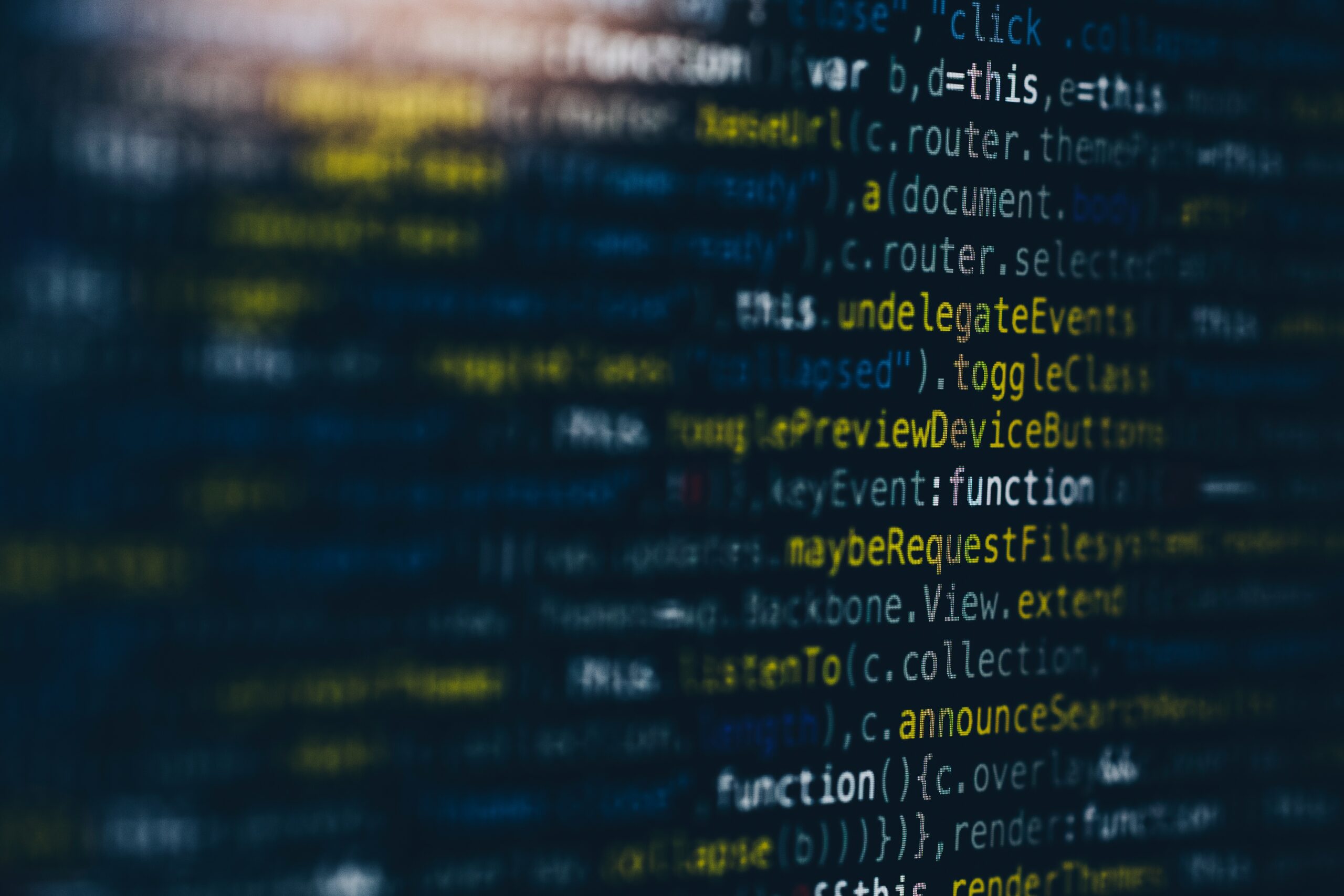Download our publication on clean air today
This article is part of our publication ‘Clean air’.
Download nowPerspective
Air pollution


With the IMO’s global requirements on sulphur reduction, the shipping industry has begun the transition from operating on Heavy Fuel Oil (HFO) to a wider use of fuel types with a maximum content of 0.5 per cent sulphur.
Only ships with scrubbers installed are permitted to continue the use of HFO. However, HFO is still the far cheaper alternative and this may create a foundation for systematic violations of the regulation. Large cargo ships, which operate between continents, can achieve a significant economic advantage operating on illegal non-compliant fuel compared to ships sailing in compliance with existing regulation. Enforcing the regulation is therefore just as important as the regulation itself to achieve the full benefits related to the environment and human health.
Technology offers a solution to the difficult task of enforcing rules on open sea. Sealed online sensors placed in the ship’s exhaust stack can monitor emissions on an ongoing basis and report back to both the ship itself and relevant authorities. This creates transparency and simplifies enforcement efforts. Furthermore, it creates a set of indicators for the ship itself by providing information that may be valuable for maintaining the ship – ensuring that engines and scrubbers operate in the most optimal way.
Since 2005, the waters surrounding Denmark have been appointed as a low sulphur emission zone (SECA-zone). Accordingly, the Danish authorities have launched a monitoring system using airborne mounted sensors (helicopters in the Danish case, but drones could also be used) to detect ships with sulphur emissions above the thresholds allowed by law. Denmark also has a sniffer in place on the Great Belt Bridge (in Danish: Storebæltsbroen), which is covering the main traffic route in and out the Baltic Sea.
These efforts have proven efficient to monitor compliance with the regulation. The sensor technology is widely accepted as a strong indication of non-compliance. However, it is not legally valid as final evidence for enforcement. The sensor technology serves as grounds for targeting a specific ship for port state control to board the ship and draw fuel oil samples as the basis for legal sanctions.

This article is part of our publication ‘Clean air’.
Download now